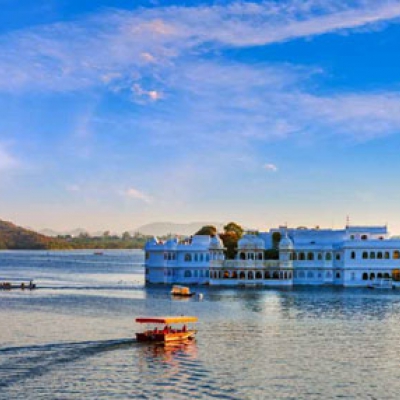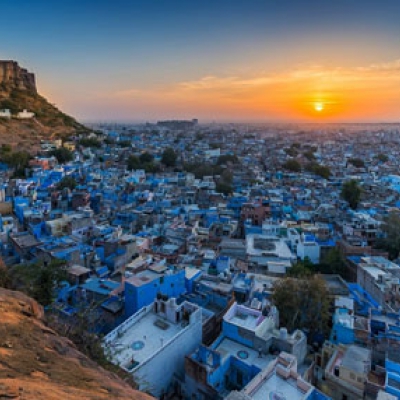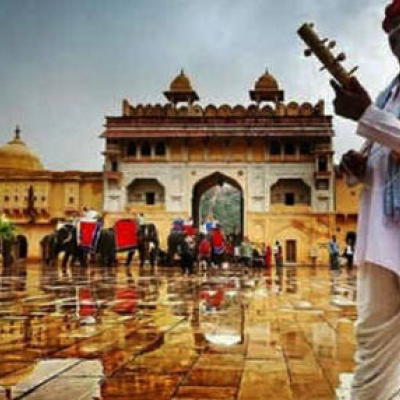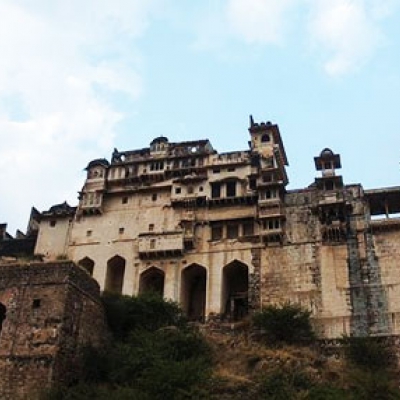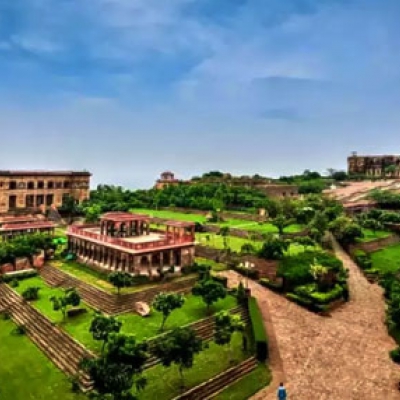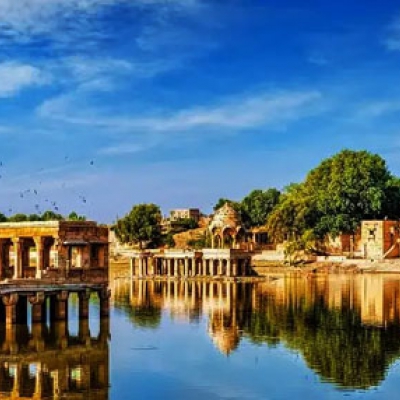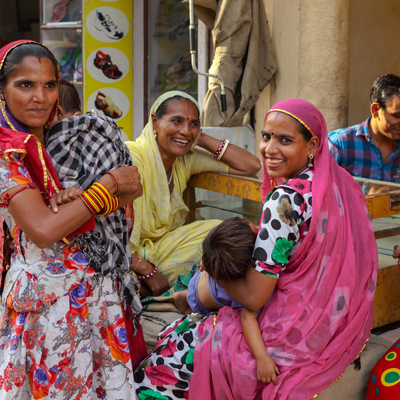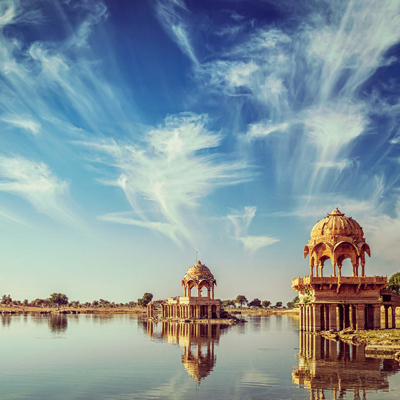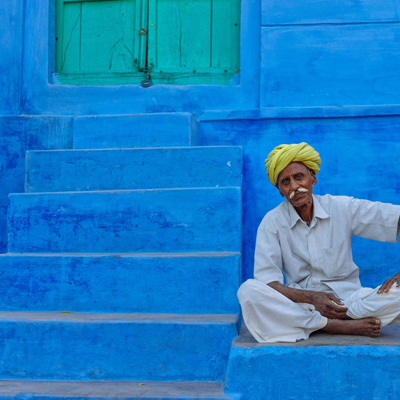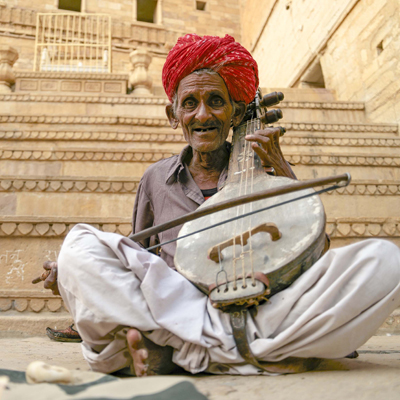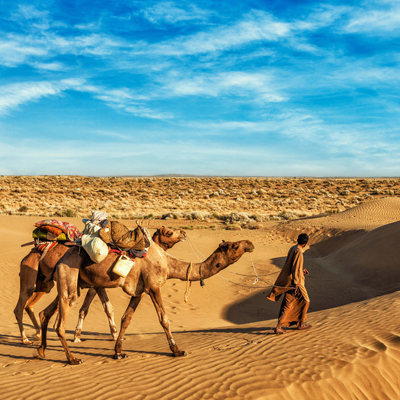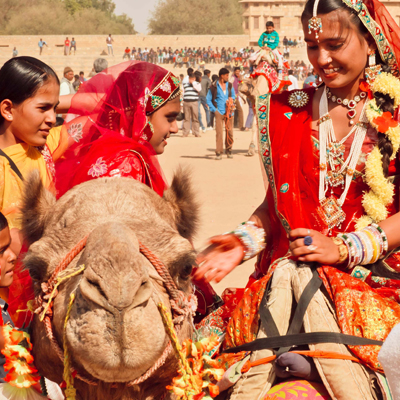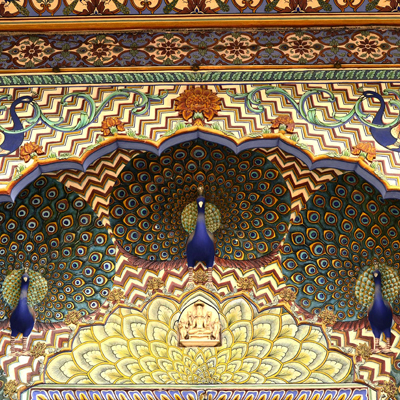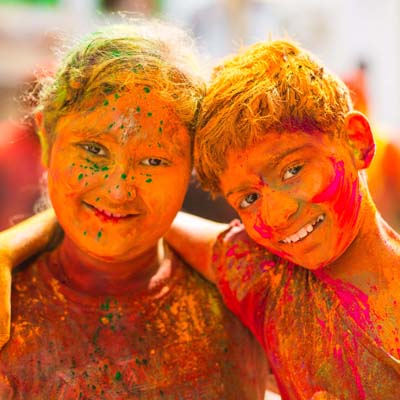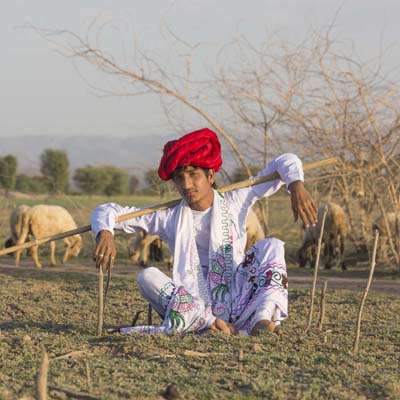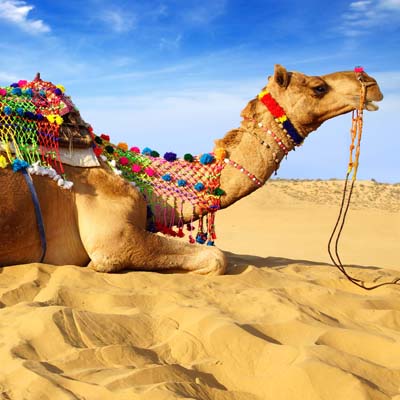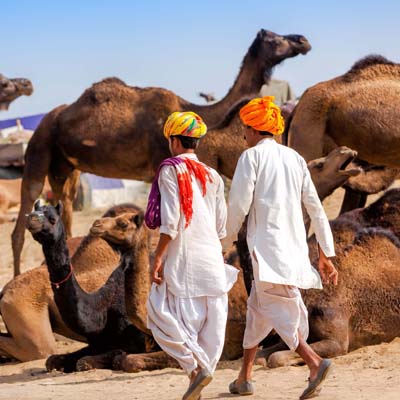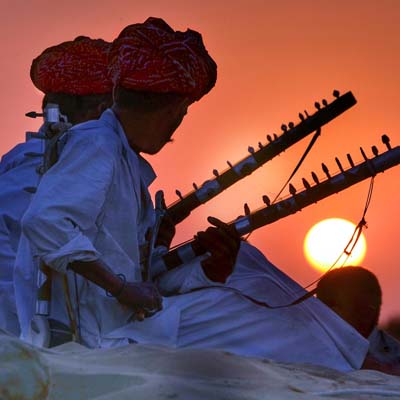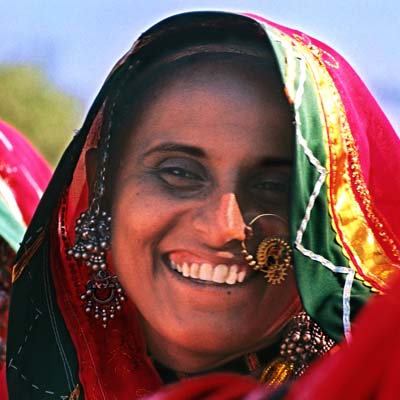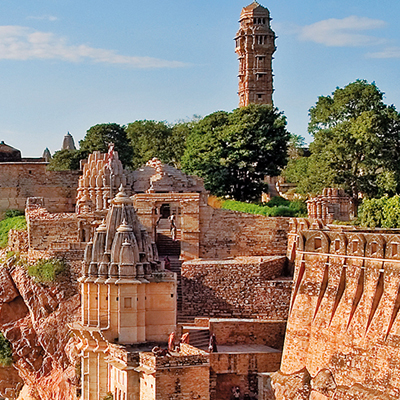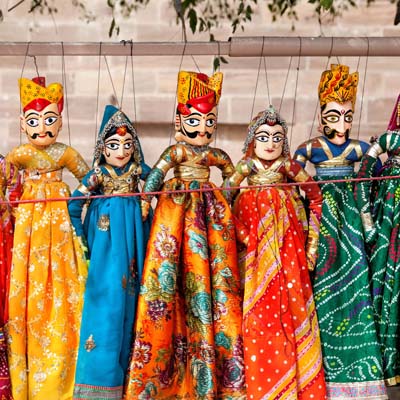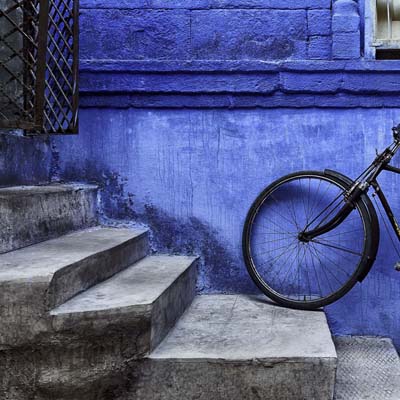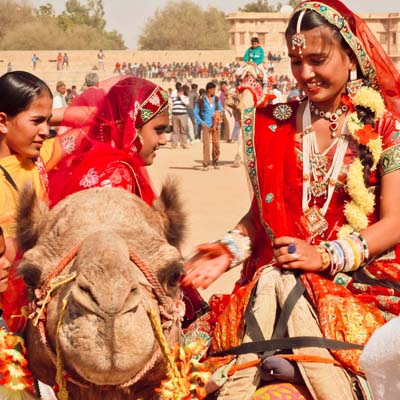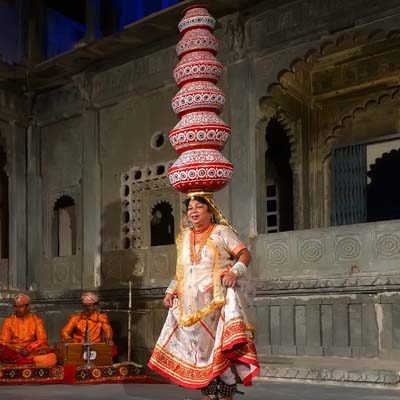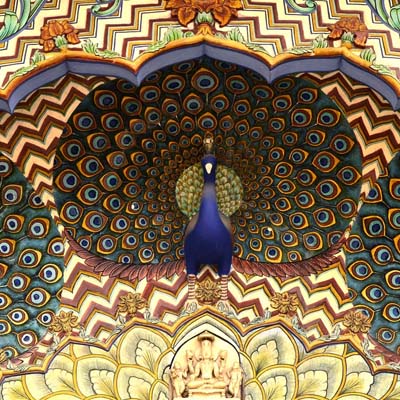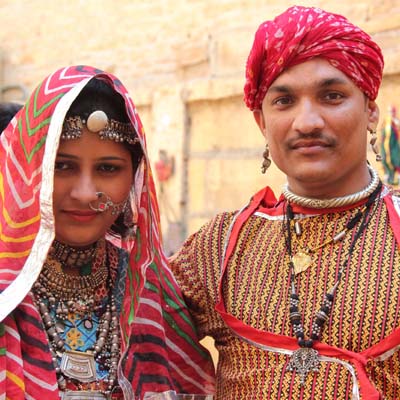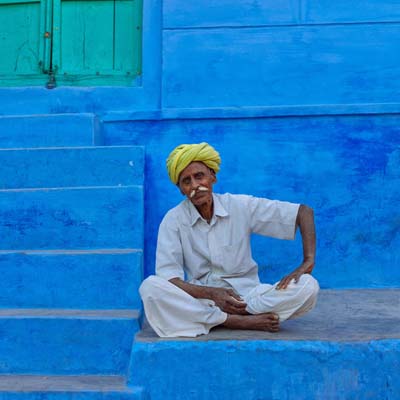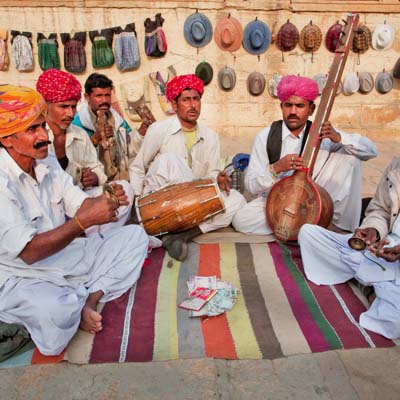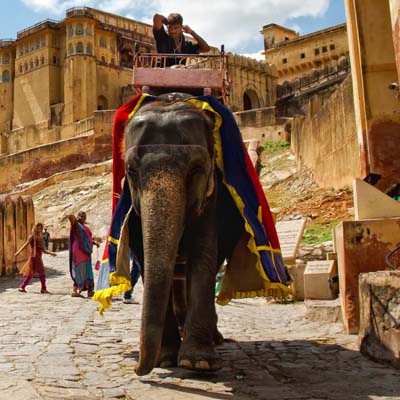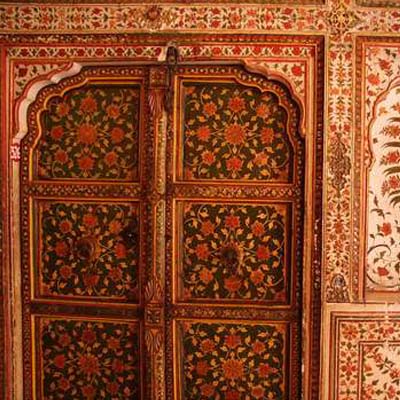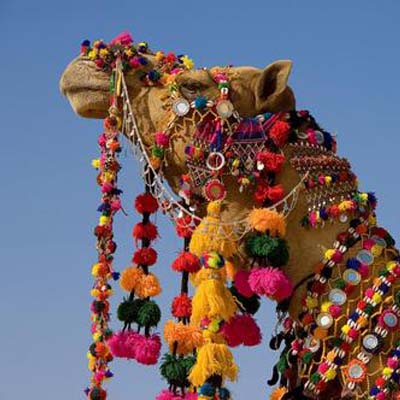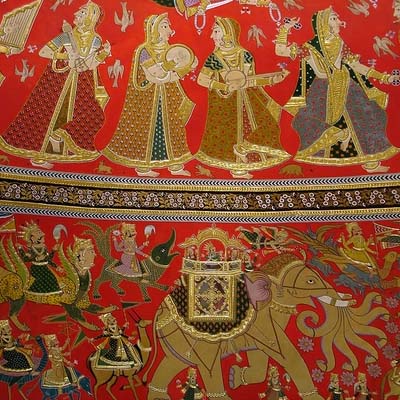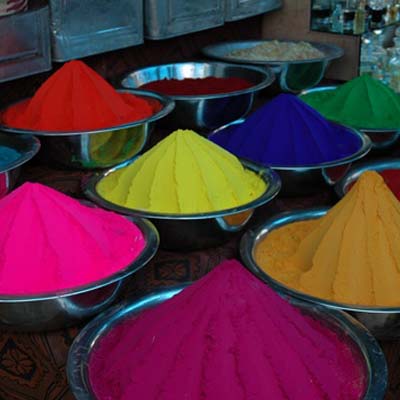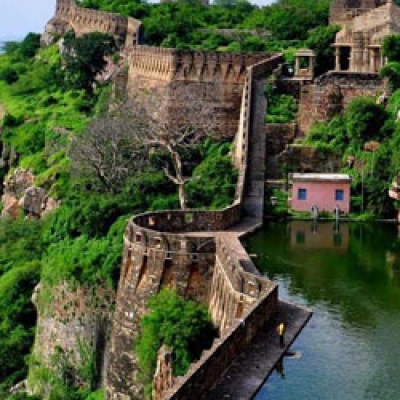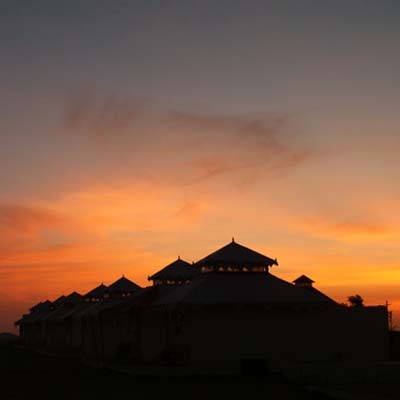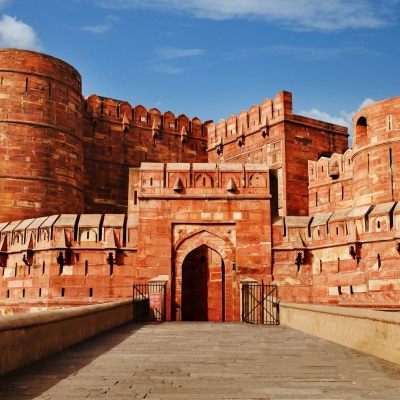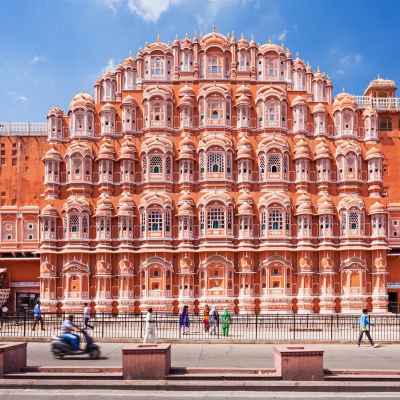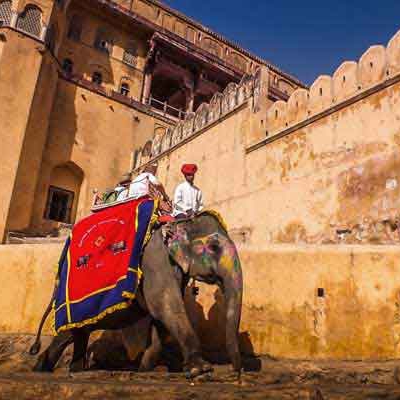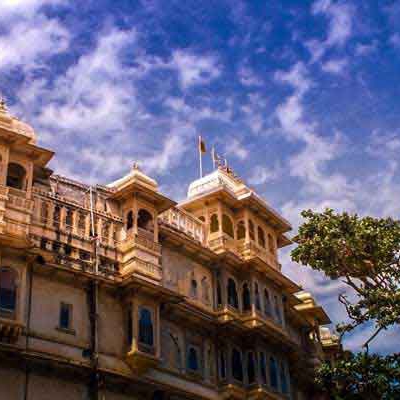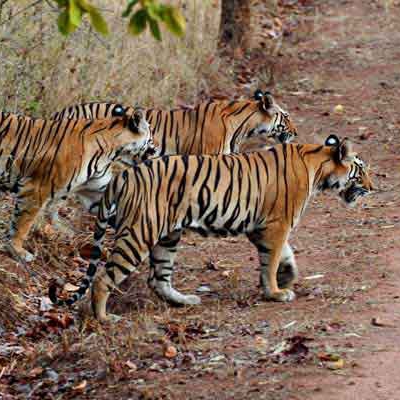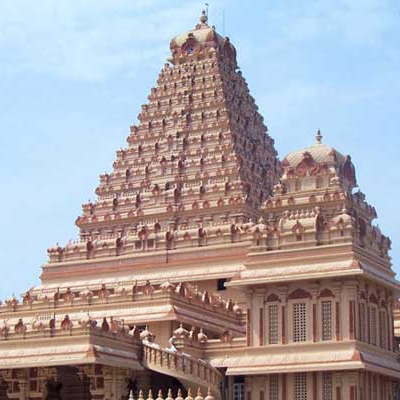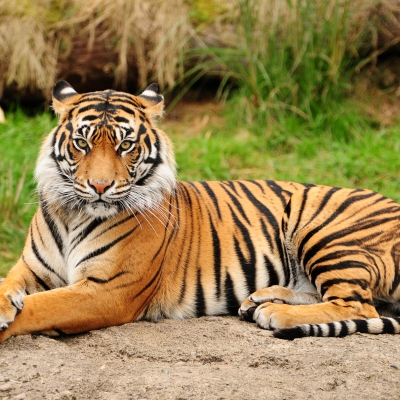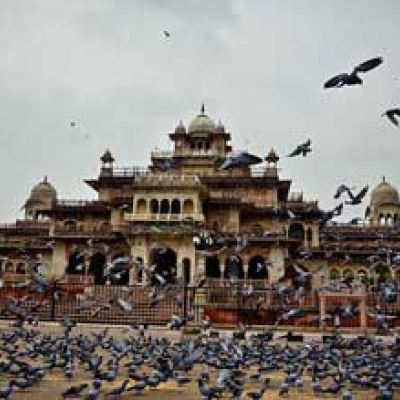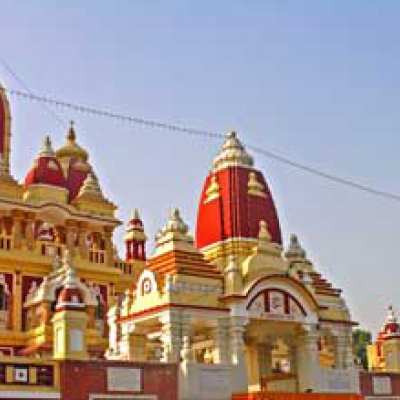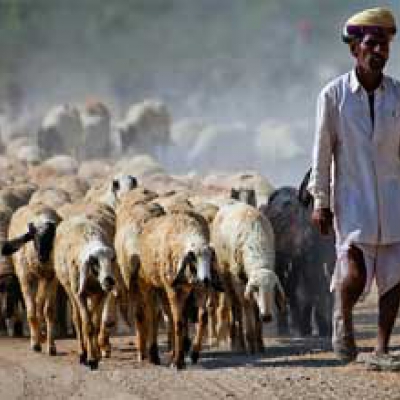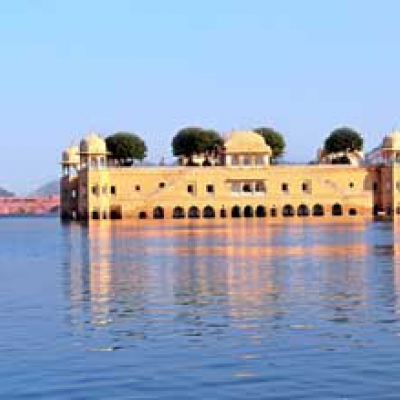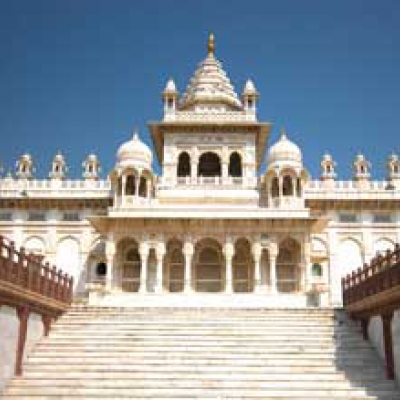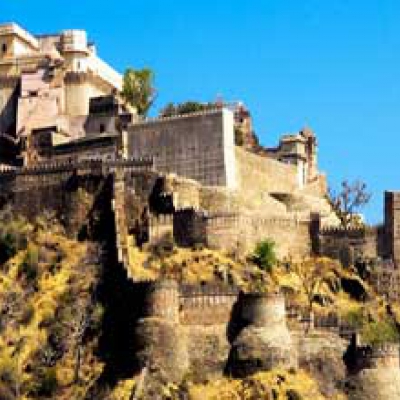Pushkar or ‘blue lotus’ gets its name from the legendary belief that Brahma or the Hindu ‘god of creation’ had dropped his lotus flower in the lake, which is now the Pushkar Lake. That’s how the small town serves as the right place to learn about Indian religions. Known for its ancient temples and lakes, Pushkar becomes the “Holy City” of Rajasthan.
Pushkar - City Guide
Pushkar is Situated in Ajmer, it attracts people who come to Ajmer Sharif Dargah, a Sufi Shrine, to visit its temples and the famous ‘Gurudwara Singh Sahib’, a pilgrimage of the Sikhs. Hence, the land represents secular India in itself. It holds the rituals and customs from the ancient era, like the Gujar priests who continue their service in temples since generations.
The temples also have the historical significance, as many were demolished during the Hindu – Muslim wars of the past. Today, they have been re - built and there are no religious indifferences anymore.
Apart from the religious experiences through evening Aartis and temple visits, Pushkar attracts its major crowd during the ‘Camel Festival’ that takes place during the end of October, or early November. This makes it the best time to visit, in terms of weather as well, as it marks the beginning of winter. It offers a spectacular sight of the locals dressed in ethnic colorful attires with their livestock too dressed in attractive covers and danglers. Apart from the cattle trade, camel and animal races, the Fair also exhibits large varieties of cultural shows from across Rajasthan.
This is also the time for pilgrims to visit the holy Pushkar Lake, where you can experience the serene Aarti (the religious ritual of worship with camphor) sessions that take place near the lake. One can get to enjoy the hot air ballooning, stalls with ethic ornaments and clothes at sale and other sports that give an experience of a lifetime. That’s how the land attracts travelers, to witness the crowd and know the land for its real aura.
On the hand, the land also offers places to enjoy its serene beauty, like the Man Mahal built by Raja Man Singh, where we can enjoy the beautiful sunset from the camps set up for tourists. Camel rides are also available for tourist. Visit to Kishangarh on the outskirts of Pushkar can give you a great experience on history. Shopping for unique showpieces made of marble is a must do here as the place boasts of its marble mines. Overall, Pushkar should be visited to experience the place and its aura as a whole, instead of few areas of importance.
Climatic Condition
Compared to the rest of Rajasthan, Pushkar faces moderate climate with no much variation in seasonal temperatures. Summers are not too dry or extreme; the temperature ranges from 25° C to 45° C while winters experience temperatures from 8°C to 22° C. Monsoon starts from July and ends by mid Septembers and is marked by heavy downpours.
Major Attractions
Banks of Pushkar Lake specially during Pushkar Camel Festival, Merta – Meera Temple, Ghats of Pushkar Lake, Aarti at Charbhuja Temple, Sarafa Bazar, Kishangarh, Man Mahal
Best Time to Visit
During Camel Festival (Late October – Early November) October – March

